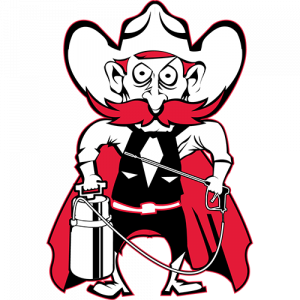Several factors make termites hard to control. First, termites burrow deep into the wood they infest and rarely leave it. Even subterranean termites travel from their underground colonies to in mud tubes to avoid exposure to predators and weather outside. Secondly, termites only need a tiny crack to find their way into attics, wall voids, and other hard-to-reach spots.
Because of these factors and several others, termites often go undetected. It is hard to control termites because many homeowners are completely unaware of termite activity until the termites infest the inner walls of the home or somewhere they can easily be spotted. Many times, termites themselves might not be visible. Instead, homeowners might see frass (sawdust-looking excrement) or discarded wings on windowsills or near floorboards.
The tried and true ways to know for certain that termites have entered the home are also the result of a severe infestation. For example, if surfaces have a hollow noise when tapped or if a screwdriver can easily puncture the wall it is almost certain that termites have been eating away at the wood. Along with these signs, the walls, floors, windows, and door frames may look warped or appear water damaged. Blistered paint is also common.
Once termites have been detected, there are several treatment options that depend on the type of termite, the extent of the termite infestation, and if the termites are in hard-to-reach areas.
In short, termites are difficult to control because they are elusive creatures. If you think your home might have a termite problem, or are curious about preventive measures against termites, call Asset Pest Management today to set up a consultation with a termite control expert.


